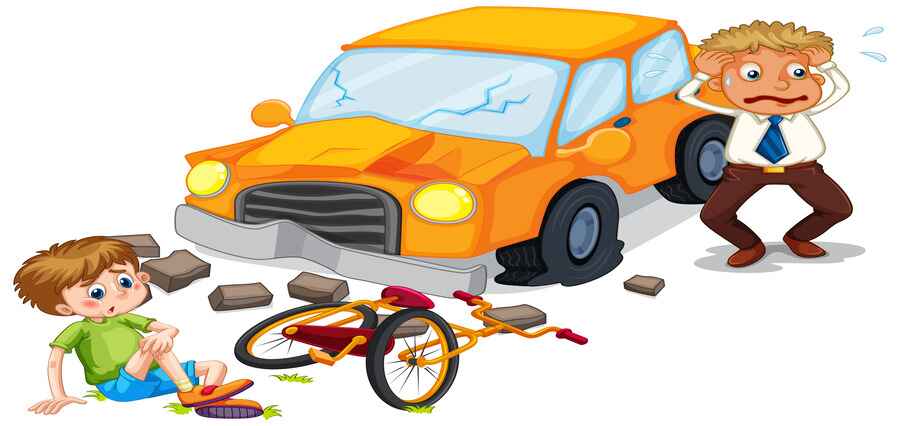When you’re involved in an accident, gathering essential information at the scene is crucial for building a strong case. Collecting the right details can significantly impact your ability to secure fair compensation.
The information you collect is also vital when you hire a personal injury attorney for your case. Promptly collecting evidence helps in accurately documenting the incident, identifying responsible parties, and substantiating your claims.
This article provides an all-around guide on the important information you should collect at the accident scene, ensuring you have the necessary evidence to support your legal proceedings and improve your chances of a successful outcome. Let’s dive in.
Contact and Driver Information
Collecting contact and driver information is essential at the accident scene. Obtain the names, phone numbers, addresses, and email addresses of all parties involved. Make sure to get their driver’s license numbers and details about their vehicles, including make, model, license plate numbers, and insurance information.
Based on verifiable information from the National Highway Traffic Safety Administration, over 6 million police-reported crashes occur annually in the United States, making accurate and complete information collection critical for resolving any disputes.
Witness Information
Witnesses can provide and articulate valuable insights into the accident. Collect the names and contact details, such as phone numbers and email addresses, of any witnesses present at the scene. Witness statements are crucial in determining the sequence of events and establishing fault.
The Insurance Information Institute emphasizes the importance of witness testimonies in accident claims, as they often help corroborate your version of the incident.
Photographic and Video Evidence
Photographs and videos serve as powerful evidence in accident cases. Capture clear images and videos of the accident scene, including vehicle positions, damages, skid marks, traffic signals, and road conditions. Make sure to document any visible injuries as well.
According to a study by the American Bar Association, cases with photographic evidence have a significantly higher chance of favorable outcomes for the victims.
Police Report Details
A police report is a crucial document for any accident claim. Obtain the report number and the names and badge numbers of the officers involved. The police report often includes an initial assessment of fault and detailed accounts of the incident. Statistics show that police reports play a key role in over 90% of insurance claim settlements, underscoring their importance in legal proceedings.
Accident Location and Conditions
Documenting the exact location of the accident is essential. Note the street names, nearby landmarks, and directions. Pay attention to the road conditions, such as wet or icy surfaces, and note the weather at the time of the accident. The Federal Highway Administration (FHWA) reports that weather-related crashes account for nearly 21% of all vehicle accidents, highlighting the importance of recording these details.

Statements and Descriptions
Gather verbal or written statements from all parties involved and any witnesses. These statements should include descriptions of what each person saw and experienced during the accident. Ensure that the accounts are detailed and cover the moments leading up to, during, and immediately after the incident. The consistency of these statements can significantly impact the strength of your case.
Injury and Medical Documentation
Immediately note any injuries sustained in the accident, even if they seem minor. Seek medical attention as soon as possible and secure detailed records of your medical visits, diagnoses, treatments, and any related expenses. Trustworthy information from the Centers for Disease Control and Prevention indicates that motor vehicle accidents cost thousands of dollars per incident.
Sketch and Timeline of Events
Create a simple sketch of the accident scene, demonstrating the positions of the vehicles and other relevant details. Include traffic signals, signs, and any obstacles that might have contributed to the accident.
Develop a chronological timeline of events, documenting what happened before, during, and after the collision. This visual and sequential representation can help clarify the incident’s dynamics and support your claim.
Read Also: Car Accident Reports: What Are They and What Do They Contain?









